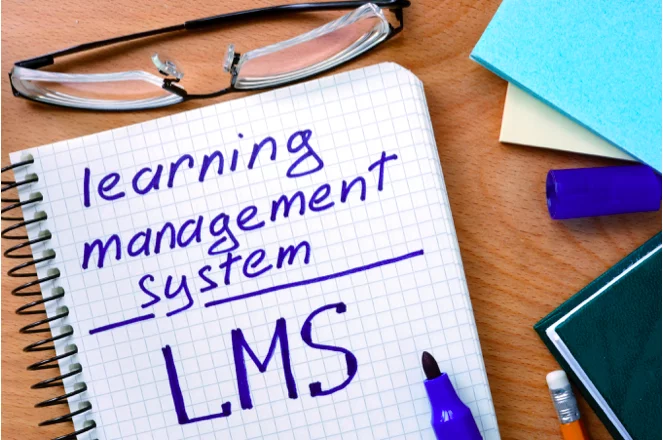Make Training More Accessible with eLearning

Every year, more people with disabilities enter the workplace, but this is not a surprise. After many years of lobbying, the U.S. school system is finally making modest progress. More students with disabilities are now graduating from high school and college than ever before. There is still more work to be done, but the trend is moving in the right direction, and this means that more people with disabilities are also now on the job market and in the workforce. Of course, this means rethinking how we deliver workplace training too. As it turns out, eLearning is the most affordable and effective way to develop training courses that are accessible to every employee.
The Growing Percentage of Persons with Disabilities in the Workforce
To appreciate how the workforce continues to shift, consider the following 2015 statistics from the U.S. Bureau of Labor:
- 17.5% of Americans with disabilities were employed in 2015.
- 32% of these workers were employed part-time.
- Americans with disabilities are more likely to work in the service industry than is the general population.
- The unemployment rate for people with disabilities is still higher than it is for able bodied Americans but fell to 10.7% in 2015.
- Persons with a disability were three times as likely than those without a disability to be over the age of 65.
While admittedly, the number of persons with a disability in the workforce remains somewhat small, it is important to note that it is much higher than it had been in the past. This reflects three notable trends:
- Aging Workforce: As the workforce ages and more people work beyond 65, there are more people becoming disabled over the course of their careers.
- Legislation: Legislation, such as the ADA (American with Disabilities Act) prohibits discriminating against people with disabilities in hiring.
- Universal Design: Architects and designers continue to work toward building workplaces that are not only accessible (e.g., to people with mobility restrictions) but also designed to better accommodate workers with visual and hearing impairments, as well as those who identify as Deaf.
- Technologies: Many new technologies have opened up the possibility for people with hearing and visual impairments to work in a wide range of workplaces with few restrictions.
Workplace Training for Differently Abled Employees
The fact is that we all have different abilities. Some of us are visual learners and some of are not. Some of us work best in collaborative learning situations and some of us don’t. Some of us are most focused when we are reading and writing and some of us learn best when we are gamifying the learning experience online or in person. With a growing number of workers identifying as disabled, we are just adding a few more variables to the mix. The great news is that with eLearning, there’s no need for a one size fits all solution. With eLearning, a single training module can be adjusted to meet any employees specific needs and strengths.

Easily adjust the size of text: With eLearning and mLearning, every employee can use their own devise to create text that is geared to their level of vision. As a result, even employees with very low levels of vision (who may be legally blind) can access materials that would remain inaccessible in a print format.
Provide training modules in audio formats: If you have an employee who cannot see, it is easy to create and disseminate training modules in audio formats.
Provide closed captioning: With eLearning and mLearning, it is easy to caption any learning video to ensure that employees who are Deaf or hearing impaired are not left out. Doing this onsite (e.g., in a workshop) is far more difficult and much more costly.
Avoid inaccessible rooms: With eLearning and mLearning, one naturally avoids holding workshops in inaccessible locations. While a retreat may sound like a great idea, all too often, off-site training retreats end up being held in locations that are either inaccessible or only partially accessible.
Accommodate different learners: With eLearning and mLearning, different learning styles can also be accommodated. An employee with a learning disability who may need to return to a module many times can do so easily and without any judgement.
The bottom line is that eLearning and mLearning offer affordable and highly accessible ways to train employees regardless of individual learning style and/or level of physical mobility, vision or hearing.